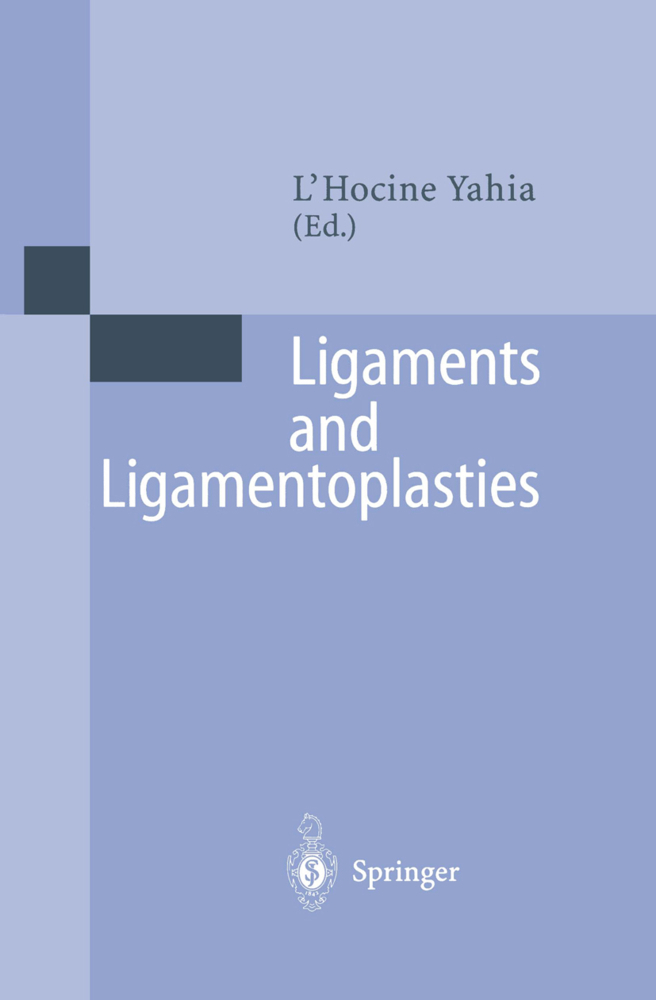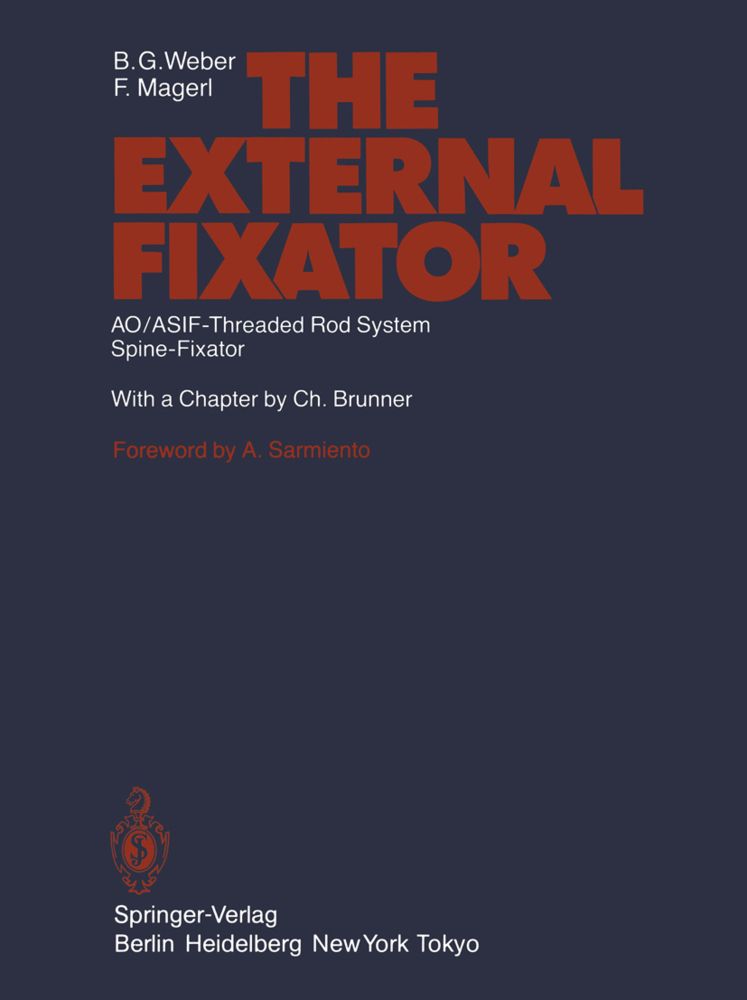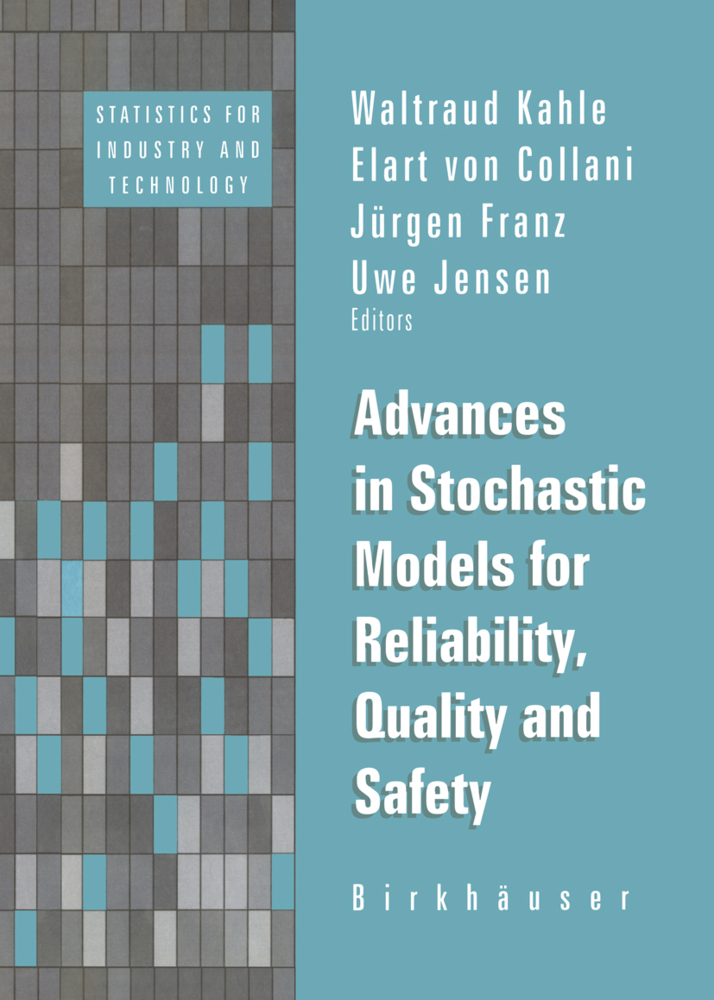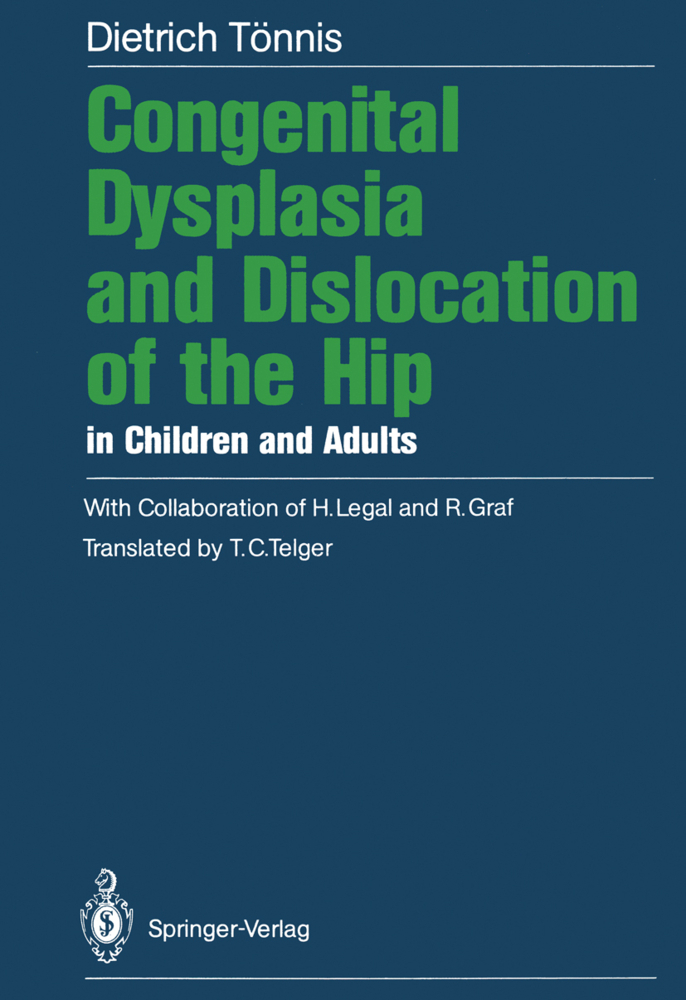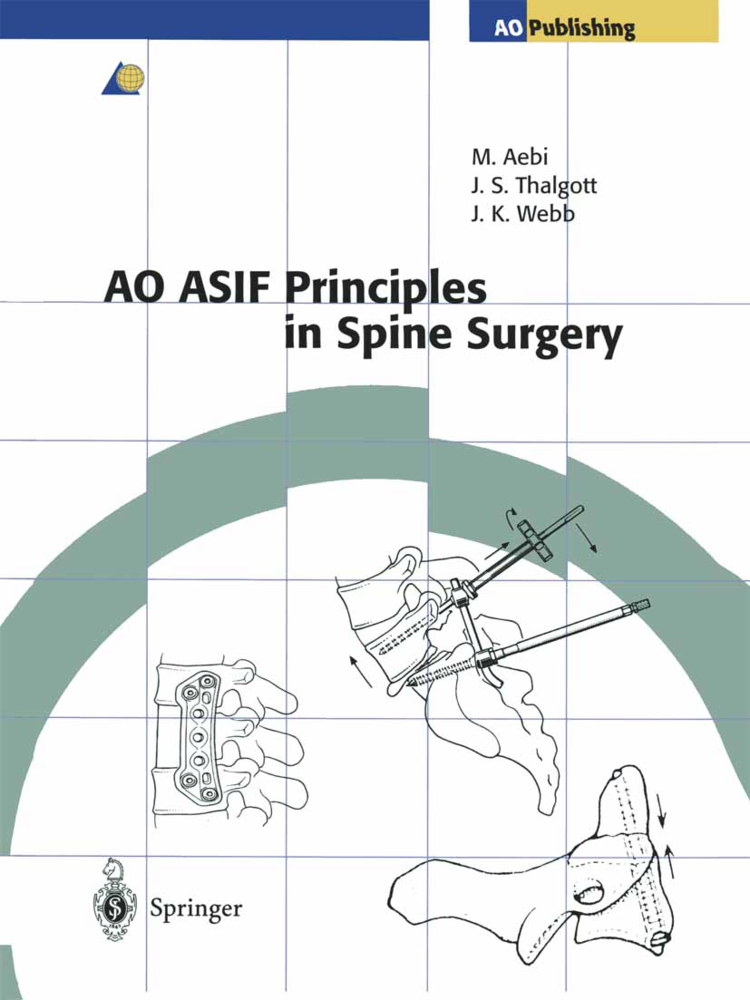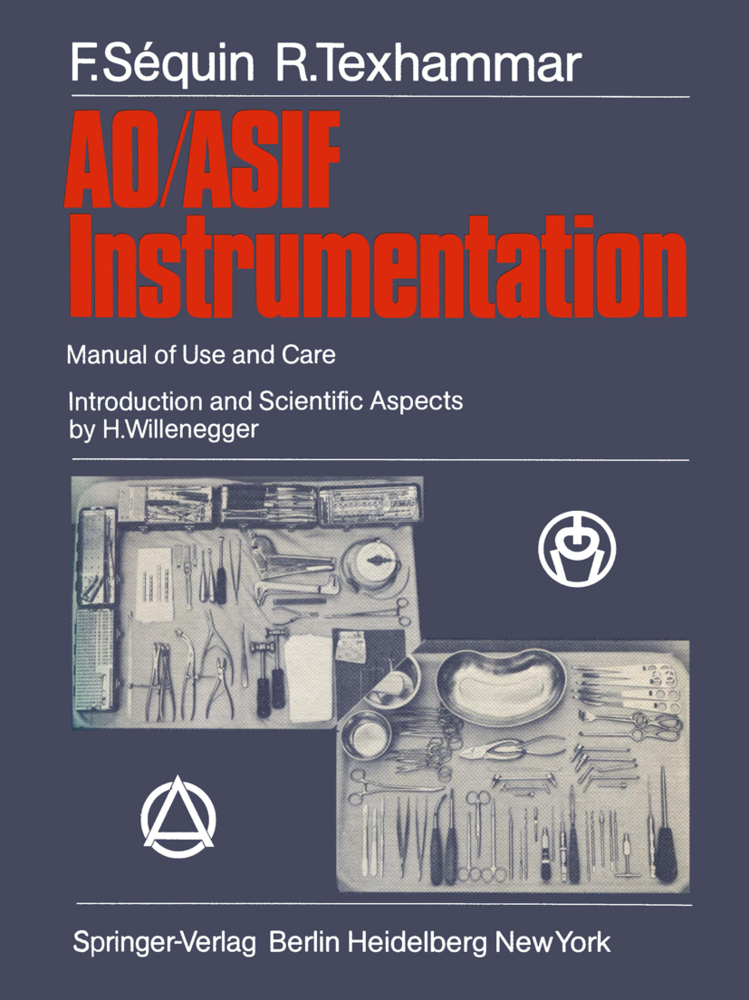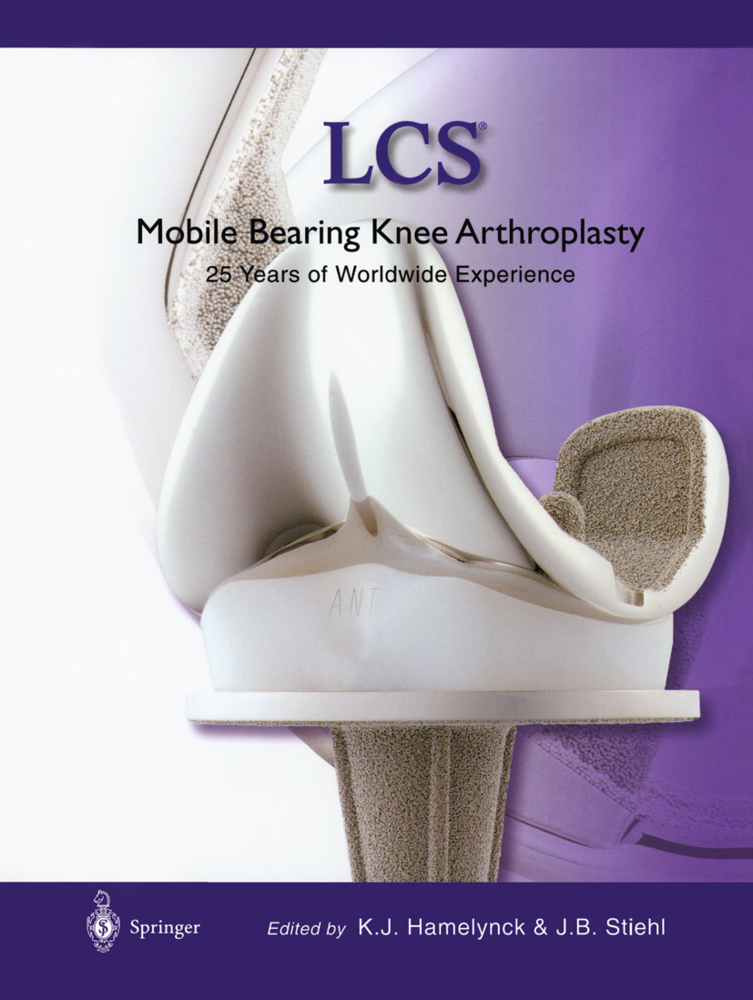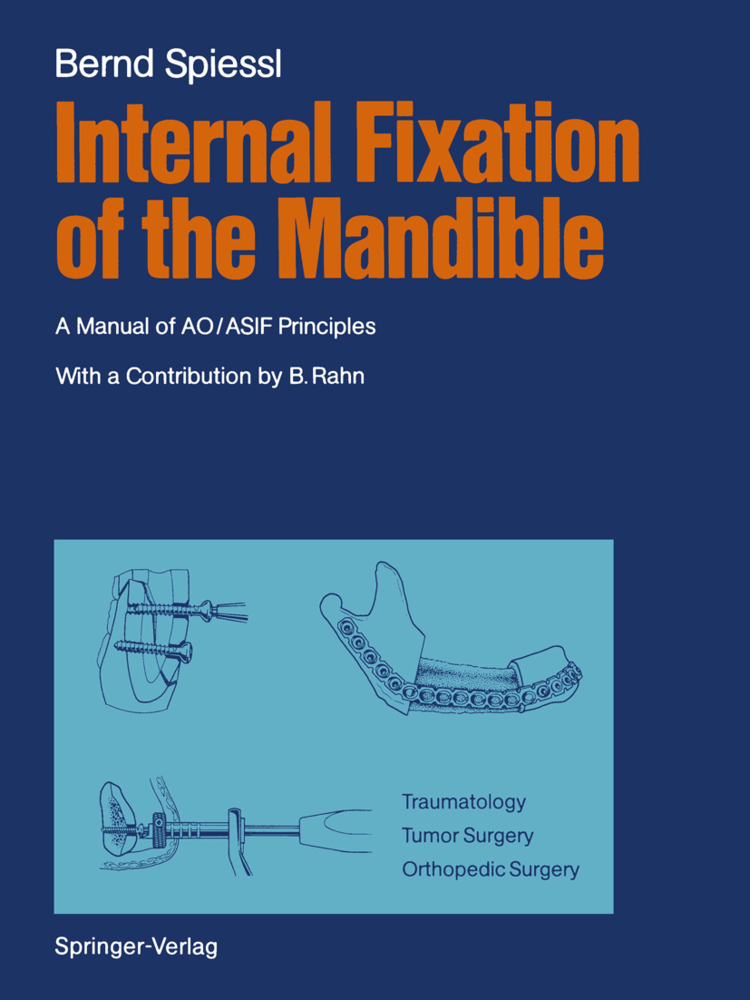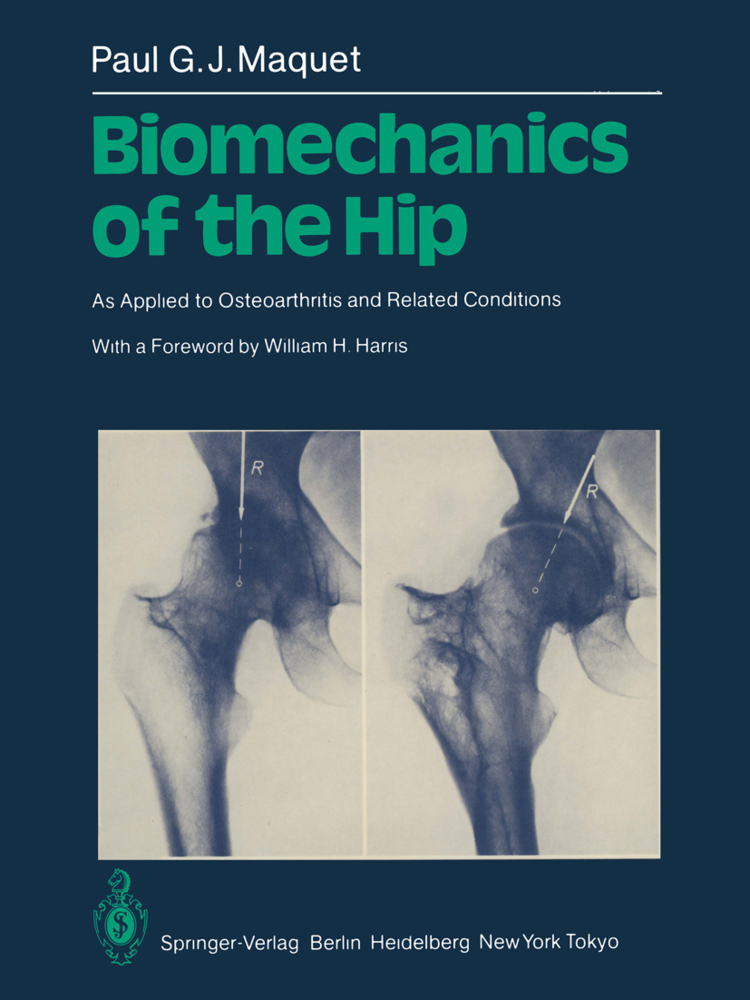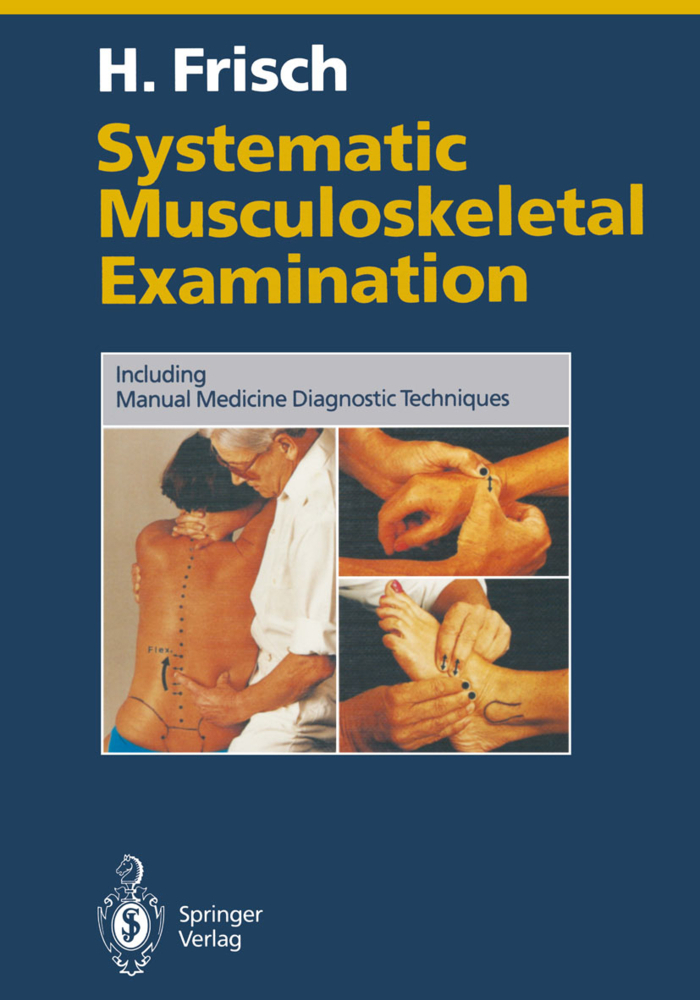Ligaments and Ligamentoplasties
Ligaments and Ligamentoplasties
Prosthetic replacement of ligaments is a problem which still has not been solved. Despite the development of different synthetic implants and better knowledge of the ligament biomechanics, there is currently no prosthesis that shows satisfactory results. The purpose of this book is to provide an overview of the growing knowledge of natural ligaments and to review, using a biomimetical approach, the different concepts and designs of artificial ligaments developed during the last decades. This approach is undertaken in an effort to better understand why artificial ligaments fail, to redefine design criteria, and stimulate the development of a new generation of more effective replacement devices.
I.1 Passive and Dynamic Stability of the Knee Joint
I.2 Sensory Endings in Ligaments: Response Properties and Effects on Proprioception and Motor Control
I.3 Morphological Evaluation of Bone-Ligament Interaction in Biological and Artificial Reconstruction
I.4 Mesomechanical Modeling of Living Soft Tissue
I.5 Fundamental Considerations on Cruciate Ligament Surgery
II Artificial Ligaments: Materials and Designs, Mechanical Performance, Lifetime, Fixation Techniques, Biofunctionality
II.1 The History of Ligament Substitutes
II.2 A Classification of Prosthetic Ligament Failures
II.3 Computer-Assisted Planning of Prosthetic Anterior Cruciate Ligament Insertion
II.4 Isometric Reconstruction of the Anterior Cruciate Ligament: Femoral and Tibial Tunnel Placement
II.5 Considerations on the Biomechanics of the Knee Joint with Regard to Ligament Reconstruction, Especially with a Polyethylene-Terephthalate Alloplastic Ligament (Trevira Ligament)
II.6 Reconstruction of Cruciate Ligaments Using a Synthetic Ligament of Polyethylene Terephthalate (Trevira Ligament)
II.7 Isolated and Combined Posterior Cruciate Ligament Instability
II.8 Polyethylene Fibers as Substitute for Anterior Cruciate Knee Ligament in Goats: A Histological Study
II.9 Motion-Induced Inhibition of Effective Osseous Fixation of a Polyethylene Filamentous Prosthesis: Histological, Histomorphometrical, and Biomechanical Studies of a High-Tensile Polyethylene Filamentous Braid for Replacement of the Anterior Cruciate Ligament in Goats
III Future Trends: Tissue Engineering, Regeneration
III.1 Artificial Materials and Structures forExtracellular Matrix Scaffolding of Orthopedic Tissues: A Review
III.2 Biochemical and Mechanical Stimulation of Knee Fibroblasts for Regeneration of Ligaments In Vitro
III.3 Tissue-Engineered Ligament.
Introduction: Evaluation of Cruciate Ligament Prostheses - Critique of Current Concepts and Procedures
I Fundamental Aspects of the LigamentsI.1 Passive and Dynamic Stability of the Knee Joint
I.2 Sensory Endings in Ligaments: Response Properties and Effects on Proprioception and Motor Control
I.3 Morphological Evaluation of Bone-Ligament Interaction in Biological and Artificial Reconstruction
I.4 Mesomechanical Modeling of Living Soft Tissue
I.5 Fundamental Considerations on Cruciate Ligament Surgery
II Artificial Ligaments: Materials and Designs, Mechanical Performance, Lifetime, Fixation Techniques, Biofunctionality
II.1 The History of Ligament Substitutes
II.2 A Classification of Prosthetic Ligament Failures
II.3 Computer-Assisted Planning of Prosthetic Anterior Cruciate Ligament Insertion
II.4 Isometric Reconstruction of the Anterior Cruciate Ligament: Femoral and Tibial Tunnel Placement
II.5 Considerations on the Biomechanics of the Knee Joint with Regard to Ligament Reconstruction, Especially with a Polyethylene-Terephthalate Alloplastic Ligament (Trevira Ligament)
II.6 Reconstruction of Cruciate Ligaments Using a Synthetic Ligament of Polyethylene Terephthalate (Trevira Ligament)
II.7 Isolated and Combined Posterior Cruciate Ligament Instability
II.8 Polyethylene Fibers as Substitute for Anterior Cruciate Knee Ligament in Goats: A Histological Study
II.9 Motion-Induced Inhibition of Effective Osseous Fixation of a Polyethylene Filamentous Prosthesis: Histological, Histomorphometrical, and Biomechanical Studies of a High-Tensile Polyethylene Filamentous Braid for Replacement of the Anterior Cruciate Ligament in Goats
III Future Trends: Tissue Engineering, Regeneration
III.1 Artificial Materials and Structures forExtracellular Matrix Scaffolding of Orthopedic Tissues: A Review
III.2 Biochemical and Mechanical Stimulation of Knee Fibroblasts for Regeneration of Ligaments In Vitro
III.3 Tissue-Engineered Ligament.
Yahia, L'Hocine
| ISBN | 978-3-642-64404-7 |
|---|---|
| Artikelnummer | 9783642644047 |
| Medientyp | Buch |
| Auflage | Softcover reprint of the original 1st ed. 1997 |
| Copyrightjahr | 2012 |
| Verlag | Springer, Berlin |
| Umfang | XVIII, 387 Seiten |
| Abbildungen | XVIII, 387 p. |
| Sprache | Englisch |

